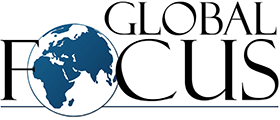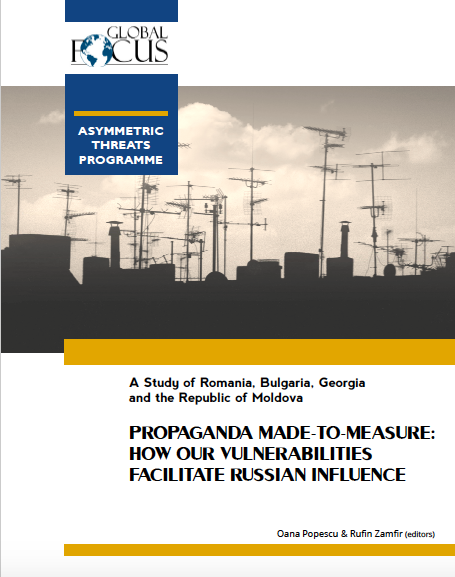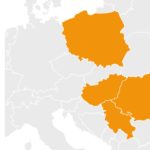Think Cambridge Analytica is the worst it gets? No, it’s only the top of the iceberg!
Personal data collection and individual profiling lead – as we have seen so far – to elections interference and effective propaganda. But state and non-state actors, from Russia to illiberal governments, from Daesh to far-right movements similarly profile our collective structural weaknesses and internal divisions, and seek to amplify them to reach a tipping point. A new GlobalFocus Center study by a multidisciplinary, multinational team, of the permeability of countries in the Black Sea region to malign influence and propaganda and the associated Propaganda Permeability Index provide the first in-depth, extensive analysis of what makes us vulnerable to hostile influences from within and from without, with a focus on the Kremlin agenda.
The findings reveal that, as we all face the pressures and challenges of fast changing domestic and international environments, we are all comparably vulnerable to subversion, along similar fault lines (though with important context-based variations), whether members of the EU and NATO or not, whether we are more or less prosperous, as permeability is a function of internal imbalances and cleavages. Interference in the well-functioning of a state and society goes beyond the short life cycle of fake news; it is a long game of shaping identities and undermining the core values and principles of democracy. Any counter-propaganda and counter-subversion efforts can only be complete if these root causes of permeability are addressed alongside targeted response against the aggressors.
As the (in)famous Gerasimov speech postulated in 2013, there are no more clear-cut frontiers between war and peace; malign influence and disinformation are the peacetime continuation of war by other means – mainly by weaponizing the “protest potential of the population” to divide and rule: to inflame social and political tensions, drive wedges between different social categories, between citizens and their elected representatives, between collective security and prosperity organizations like the EU and NATO and publics in member states. A look at information war and subversive action in the region where Moscow has, perhaps, the most direct and ambitious interests, can provide essential clues into its modus operandi in other places across the continent and beyond. Moreover, comparisons among the four countries under analysis, Romania, Bulgaria, Georgia and the Republic of Moldova, show that even those which may believe they are safest from harm are in fact very much exposed. Russia does not necessarily aim to ‘win hearts and minds’ (very difficult to achieve in fundamentally Russophobic countries like Romania); it advances a disruptive agenda that thwarts Western integration and democratic development and fosters gradual alignment of target societies with the Kremlin’s view of the world. Discussions of preliminary results with partners in Western Europe and the US have already indicated that the same applies to a large extent across the transatlantic community.
The study and Propaganda Permeability Index are the result of a year-long endeavour by GlobalFocus Center and its partners in Bulgaria, Georgia and the Republic of Moldova (Georgia’s Reforms Associates, the Foreign Policy Association of Moldova, Dimitar Bechev and the Economic Policy Institute), with support from the Black Sea Trust of the German Marshall Fund of the United States.
READ FULL REPORT HERE:
Propaganda Made-to-Measure- How Our Vulnerabilities Facilitate Russian Influence



